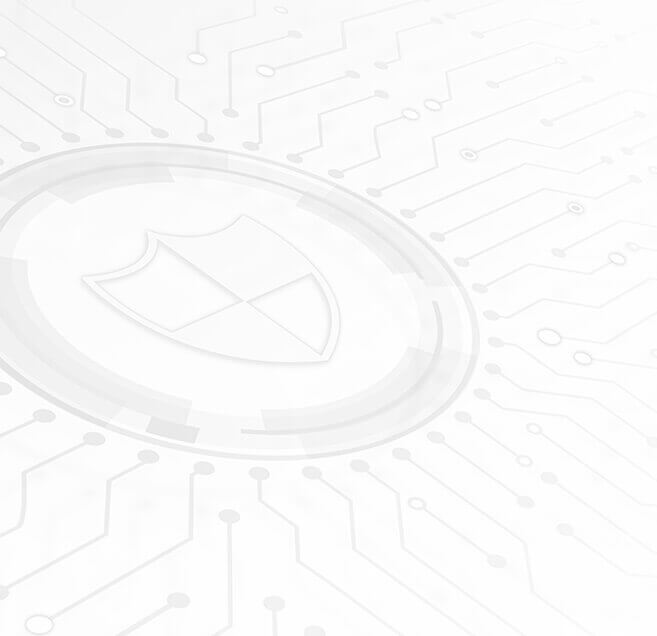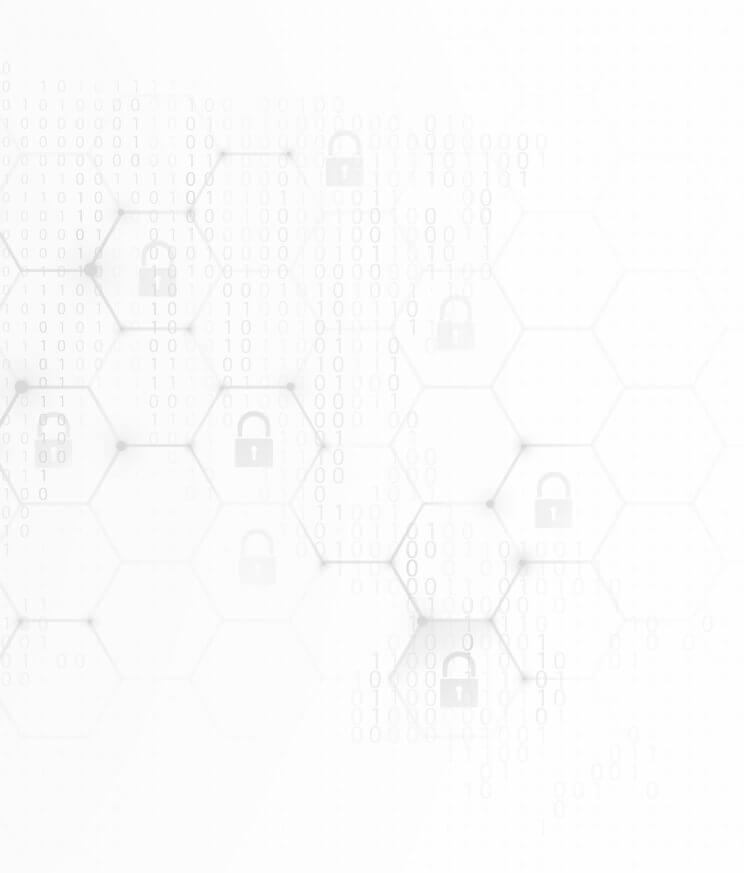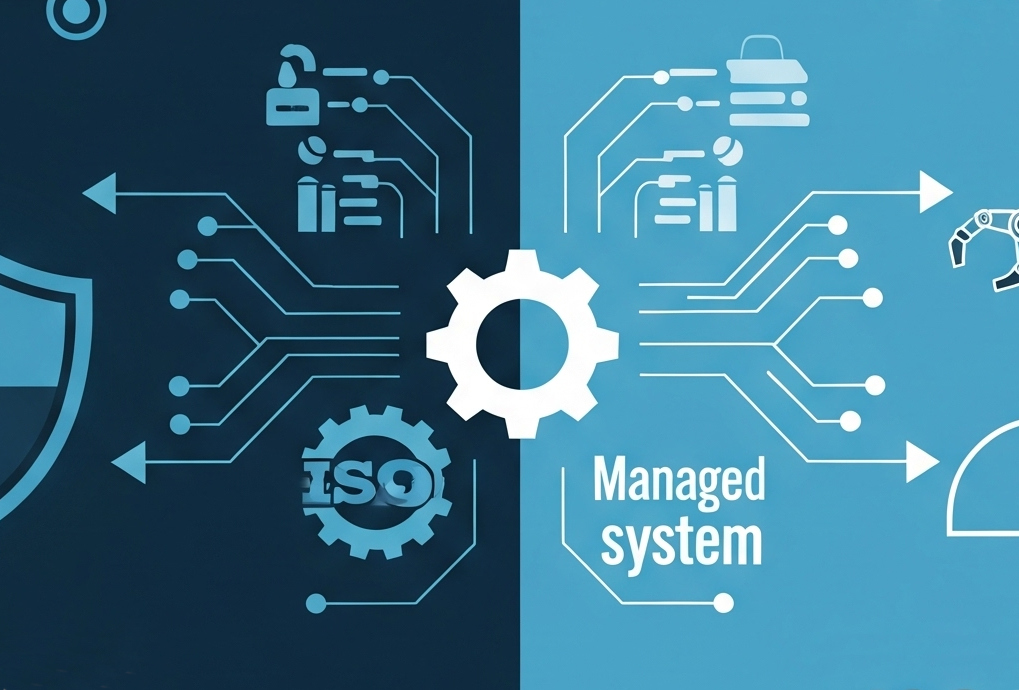
Are you aware of the top cybersecurity threats facing your business? Do you know which vulnerabilities cybercriminals target when attempting to infiltrate your systems? Today’s blog examines the main threats that dominate the cyber landscape, and offers guidance on how to best protect yourselves against these.
Top Cybersecurity Threats:
1. Social Engineering
Social engineering attacks encompass a broad range of malicious activities which rely on psychological manipulation to deceive individuals into: divulging sensitive data, spreading malware infections, or giving access to restricted systems. These attacks rely on human error rather than network vulnerabilities, which makes them less predictable, and more difficult to identify. Attackers research their targets in order to appear trustworthy, and there are often several different phases of communication between the parties to further build the illusion of trust. Common forms of social engineering include phishing, baiting, pretexting, and quid pro quo.
For more information on recognising the different types of social engineering, read our recent blog: Social Engineering
2. Phishing
Phishing attacks involve carefully targeted and convincingly crafted digital communications. These communications aim to deceive individuals into acting in a way which aids cyberattacks. Phishing most commonly manifests through malicious emails, which dupe employees into revealing their login credentials, or downloading malware onto their devices. From here, cybercriminals are well positioned to compromise the targeted employee’s account, and access their wider company’s critical infrastructures and sensitive data.
For more information on how to recognise and prevent phishing, read our recent blog: Phishing – A Threat To Everybody
3. Artificial Intelligence
Artificial Intelligence is increasingly being used by cybercriminals to automate and scale the attacks they launch. In particular, AI Chatbots are being used to craft compelling phishing emails that deceive individuals into clicking malicious links. Whilst language barriers or grammatical mistakes previously stood as clear indicators of phishing scams, AI enables hackers to remove these touchstones by generating convincing messages for them. Equally, malicious actors use AI to identify system vulnerabilities and conduct automated attacks which outpace traditional cybersecurity protections. Accordingly, AI has made cyberattacks harder to identify, and more difficult to protect against.
For more information on how AI is enhancing phishing attacks, read our recent blog: How ChatGPT and Bard Are Making Phishing Emails Difficult To Spot
4. Ransomware
Following the successful download of malicious software onto a company device, ransomware hackers encrypt the company’s data, lock them out of their operating systems, and demand a ransom payment to restore their access. The demand for ransom is often heightened by a threat to publish the data on the dark web. The publication of sensitive data would have significant impacts for organisations, including damage to reputation, loss of customer trust, and legal repercussions. Accordingly, many businesses elect to pay the ransom. The prevalence of ransomware attacks has increased in line with the rise of cryptocurrencies, which allow for the completion of anonymous ransom payments.
5. Cloud Computing
Many businesses are moving their assets and data onto the cloud in order to streamline their operations. However, if cloud security standards are not properly adhered to, businesses become vulnerable to attack; the surface area for attack is increased, and organisations become exposed to cloud exploits including hijacking and denial of service attacks. Accordingly, cybercriminals target cloud infrastructures in an attempt to access businesses’ sensitive data or inhibit their systems.
6. Internet of Things
The Internet of Things enables businesses to streamline their operations across a broad range of connected devices. However, IoT devices create vulnerabilities for cybercriminals to exploit; they often lack robust security protections, and expand the surface area for attack. Compromised devices serve as a channel through which an organisation’s broader network, systems, and data can be accessed by cybercriminals. Such access enables hackers to lock down a business’ essential systems or overload their networks.
7. Remote Working
Many businesses allow their employees to work remotely. Whilst this offers greater flexibility for their employees, it increases the companies’ vulnerability to cyber attacks. This is because remote working increases the number of locations that devices need to be monitored from, and increases the likelihood of home networks and personal devices being used. Traditional security methods that operate on perimeters and known devices do not offer sufficient protection under these circumstances. Accordingly, remote working can leave organisations with an extensive number of unprotected endpoints that are difficult to monitor and secure.
8. Third Parties
Most businesses rely on third party vendors to perform various functions for them. Whilst this enhances efficiency, it also increases the organisations’ vulnerability to cyber attacks. This is because external parties create a larger attack surface, and increase the number of entry points for cybercriminals to exploit. Third parties often have less robust cybersecurity defences than the organisations they work for, which presents an easier attack route for cybercriminals; malicious actors often infiltrate their main target’s network by conducting a cyberattack further down the supply chain on one of their less secure vendors. Given third parties commonly have privileged access to the main business’ network and critical systems, cybercriminals are able to use these supply chain attacks to access their primary target’s data, and disrupt their services.
9. Human Error
Despite the increased awareness of cyberattacks and the need for cybersecurity solutions, many organisations still lack the expertise needed to effectively manage their systems. Companies often invest their time and money into cybersecurity solutions, but overlook the importance of training their staff about how to guard against cyberattacks. Cybercriminals recognise the prevalence of human error, and exploit this when targeting their attacks, which means that the level of cybersecurity protection an organisation employs can be made redundant through social engineering bypasses.
Protecting Your Business:
Protecting your businesses against an ever evolving threat landscape can appear to be an insurmountable challenge; while organisations work to update their cyber defences, hackers work to develop new attack strategies. However, there are some simple steps you can take to position yourself well to fend off these attacks:
1. Ensure your systems are up to date
Ensure your operating system, software, and applications are always up to date. Cybercriminals target outdated systems because they are less secure and easier to compromise.
2. Educate your employees on how to recognise cyber attacks
Educate your employees about the different types of attacks, how they work, and how to recognise them. Greater staff awareness will help to minimise the risk of human error.
3. Ensure your staff engage in good cyber hygiene
Educate your staff on how to engage in good cyber hygiene practices. This involves:
- Creating strong passwords
- Enabling multi-factor authentication
- Not opening suspicious emails
- Not downloading attachments from unknown sources
- Regularly backing up their data
4. Create security policies
Establish security policies for your business to enhance your company-wide security. This could involve identity verification procedures, and rules regarding the exchange of confidential information.
5. Invest in tailored cybersecurity solutions
Investing in tailored cybersecurity solutions will ensure you are well positioned to detect and preempt any cyberattacks that face your business.
Conclusion:
Understanding and staying ahead of the ever evolving threat landscape is a continuous effort. To protect against cyberattacks, businesses must first be aware of the different attacks to look out for, and where their vulnerabilities lie. This article has aimed to assist in this process, by identifying the most prevalent cybersecurity threats businesses face today, and offering advice on how to avoid these.
To find out how Mondas can help you secure your business against these increasingly sophisticated threats, get in contact with our experts today.





